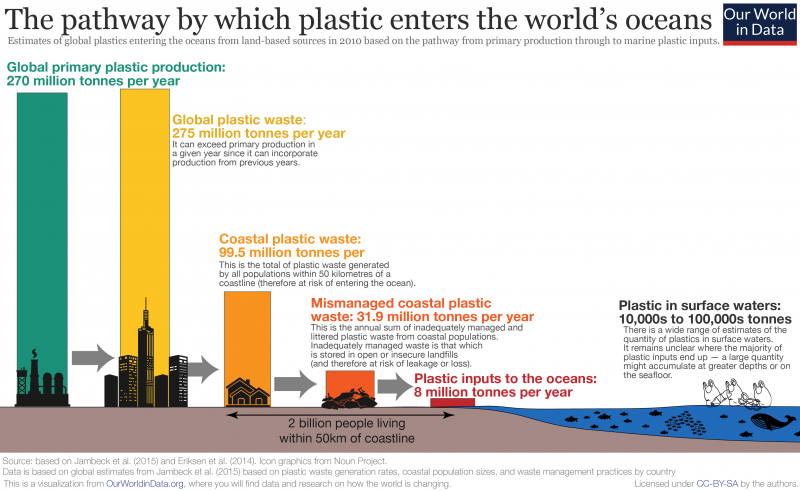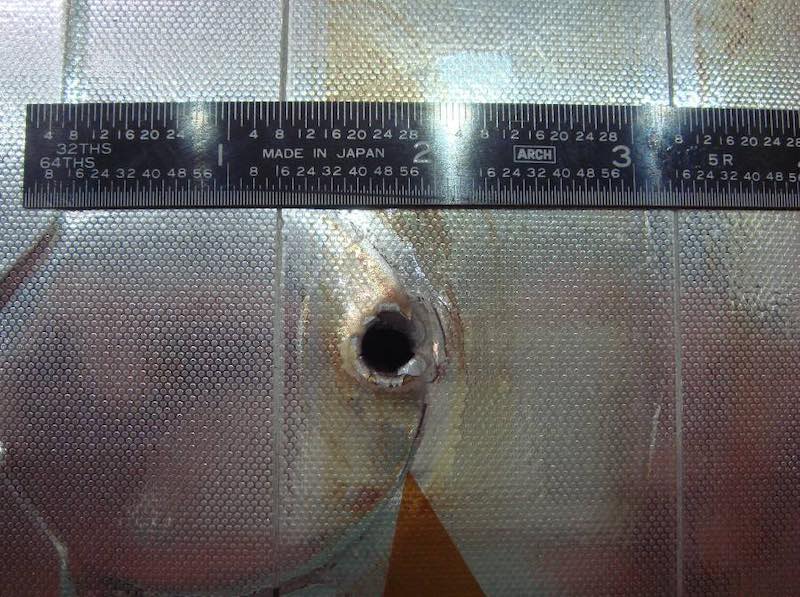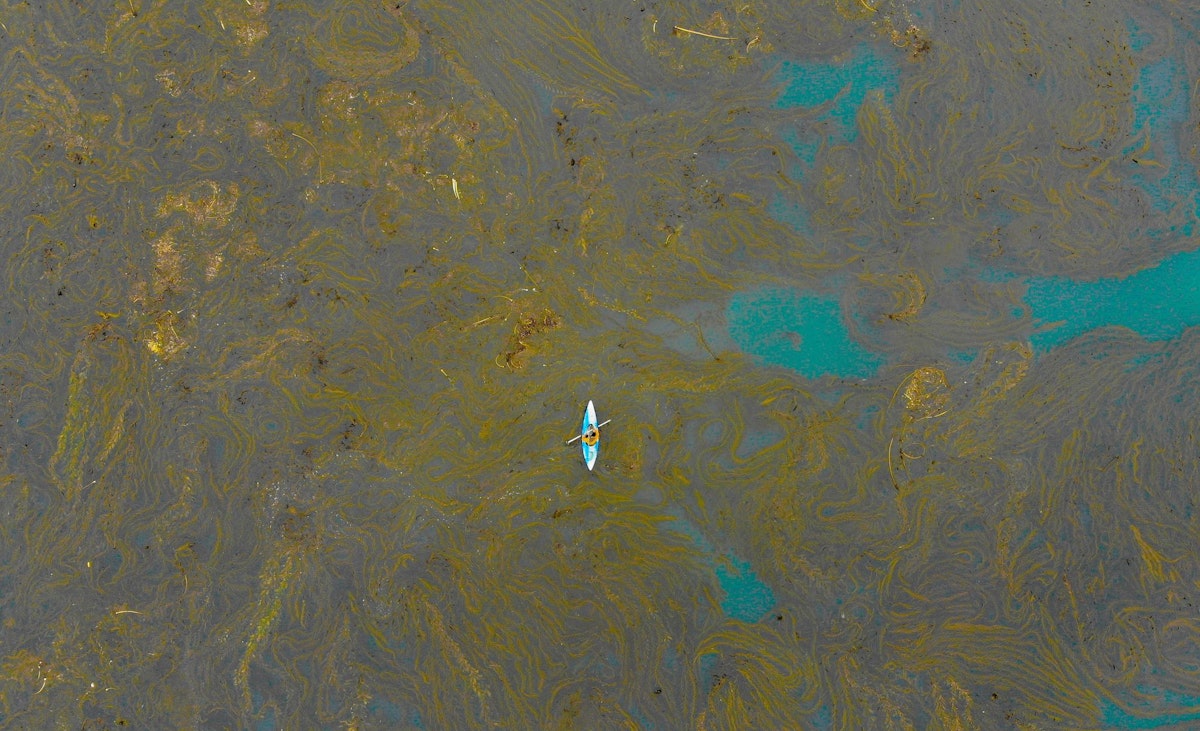Air pollution is pricey—and deadly, too
The haze and smoke emitted by fossil-fuel plants don't just impact the environment. They have significant effects on human health, causing asthma and lung cancer, among other maladies. A recent report by Greenpeace attempted to quantify the costs of these health impacts, and found that the world is currently losing US$8 billion per day. That adds up to more than 3% of the world's gross domestic product. The United States bears among the highest costs—$600 billion per year—though the cost in China is 50% higher still.
Of course, money is less precious than life. By this metric, too, all that pollution is a travesty: The report estimated that each year, 4.5 million people die early due to fossil fuel emissions. As many as 50,000 children will pass away due to emissions-related health effects before they turn five.
Water is precious
Freshwater is an surprisingly rare resource. Though we live on a blue ball of a planet, the ocean is too salty for us to drink, a situation that rules out more than 97% of the world's water. Another 2% of the planet's water is frozen into glaciers. Much of the remaining 1% is caught in the soil or floating in the atmosphere.
The tiny bit of water that's left for us to drink isn't always cared for: 80% of the world's wastewater is dumped straight back into the environment untreated. Perhaps it's no surprise, then, that two billion people drink water contaminated with feces. As the world warms, and as we keep using up water, more and more people will live in water-stressed regions—up to half of the world's population within the next five years, according to the United Nations.
Plastics are taking over
Since the 1950s, when the plastic production kicked into high gear, the world has produced 8.3 billion tonnes of plastic waste. Some of this plastic has been recycled, but the majority has been dumped into landfills, where it may sit for centuries decomposing. Or, worse still, it tumbles into the surrounding environment.
Lately, we've been throwing away almost 300 million tonnes of plastic each year, which is actually more than all that plastic that is made each year. (That's because older plastic being thrown out, too.) That figure also rivals the total biomass of humanity.

Much of our thrown-away plastic gets carried by rainfall into rivers, and then from rivers into the ocean. Given the rate of trash flowing downstream, it's possible that by 2050 the oceans will hold more plastic than fish. Already, researcher estimate that the Great Pacific Garbage Patch, held in place by mid-ocean currents, includes 1.8 trillion pieces of plastic, weighs 80,000 tonnes, and spans 1.6 million square kilometers—three times the size of France.
Carbon is a crisis
Four years ago, the world passed a grim threshold: the amount of carbon dioxide in the atmosphere rose above 400 parts per million.
It's an arbitrary number, really, notable mostly for its roundness. Nonetheless, it is worrisome. The concentration of carbon has not been this high in many millions of years—since long before human beings evolved. Scientists estimate that before the Industrial Revolution, the concentration of CO2 was only 280ppm. And it's not like the rise has stopped. We've topped 410ppm already.
Compared to hazy air and oil-streaked water, this pollution can be easy to overlook: CO2 is invisible, after all, and despite its rapidly increasing concentration, it's still far too dilute to have a direct impact on our health. Already, though, the world has warmed by nearly 1°C, with more to come.
Pollution reaches beyond earth
We've hardly begun to visit space yet and we're already making a mess of it. The European Space Agency estimates that there are 8,800 tonnes of debris floating in space, mostly in orbit just beyond the atmosphere. That includes some 34,000 large objects and perhaps 128 million objects between a millimeter and a centimeter in diameter.

These bits of debris may sound tiny, but given the high speeds of objects in orbit, even small objects can cause severe damage to spacecraft. Three times this year, floating debris has passed alarmingly close to the International Space Station. It's a reminder that the universe may seem endlessly large—but still we can't be wanton. Every bit of waste we leave behind us has a cost.
Read this next:
What is happening to the polar ice caps?
September 9, 2020 · Climate knowledge

